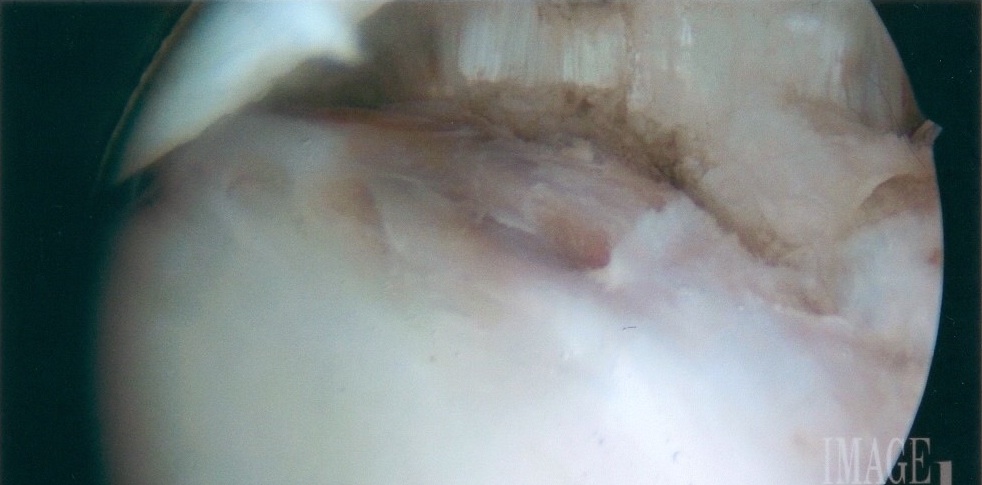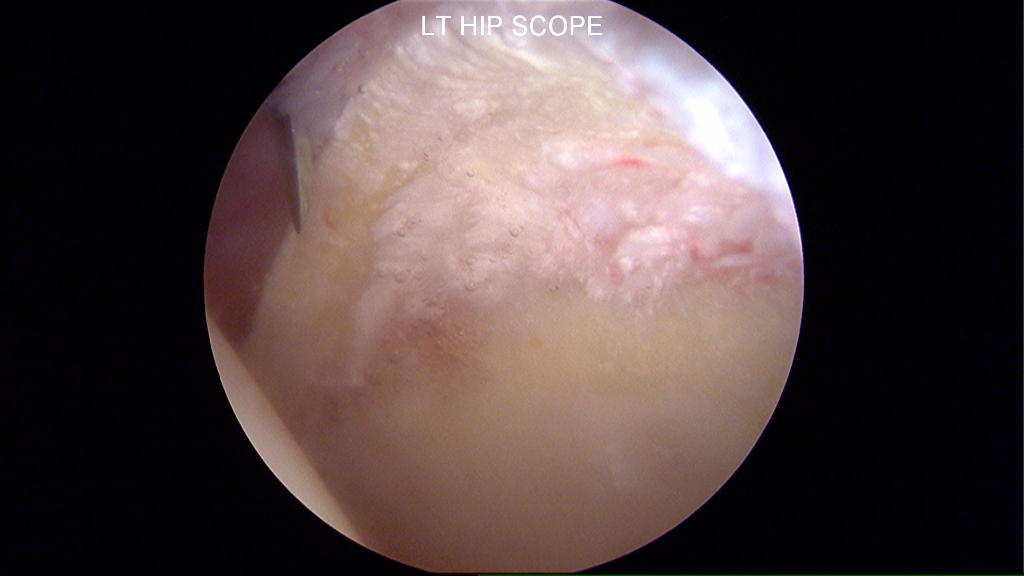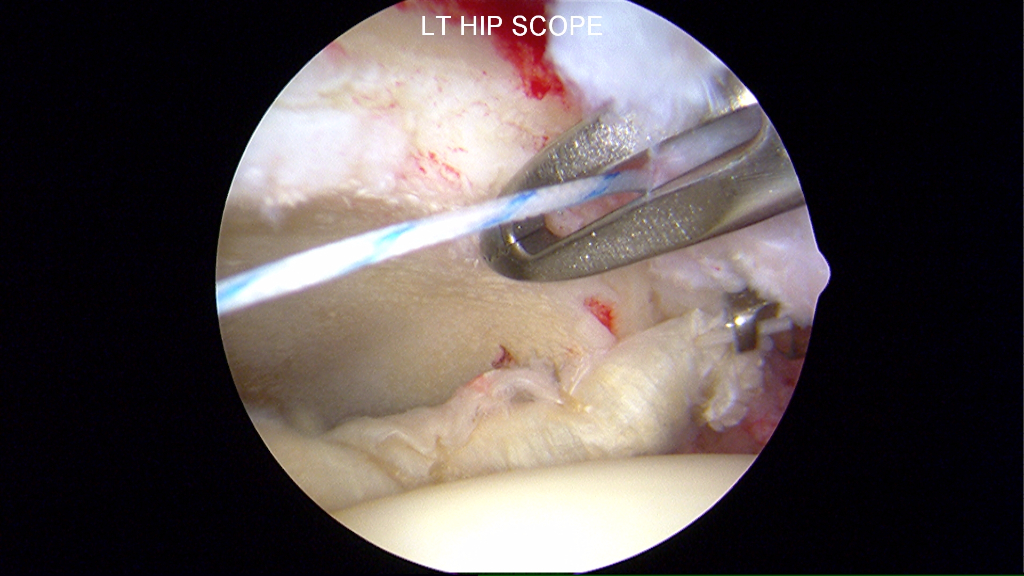Dominic There are three different treatment options for labral tears: debridement, repair, and reconstruction.
Office Appointments and Telemedicine with Dr. Carreira

You can also book an office appointment or a telemedicine visit by calling Dr. Carreira’s office at 404-355-0743. Book now.
Hip Labral Debridement
The first and most commonly used treatment has been debridement, or simple removal of damaged tissue. Debridement is performed with electrocautery, which burns away damaged tissue, or with a shaver, which cuts and sucks away damaged tissue. This is the easiest and quickest treatment, but has been reported to have lower success rates than the other two treatment options detailed below. Dr. Carreira performs debridement alone in hip arthroscopy in less than 5% of cases.
Hip Labral Repair
The arthroscopic repair technique was developed in the past 10 years and has coincided with considerable advance in the field. Instead of simply removing tissue (debridement), the labrum can be repaired by reattaching it to the acetabulum, where it normally is firmly attached, by using suture anchors and by passing sutures around the labrum to secure it. Dr. Carreira performs this procedure in over 85% of cases.
Hip Labral Reconstruction

The graft used for allograft reconstruction. This iliotibial cadaver graft has been tubularized (sutured in the shape of a cigarette) prior to being inserted and sutured into place in the hip joint.
The reconstruction is the latest generation treatment for labral tears, and is performed only in cases where the labrum tissue is not reparable. The labrum can be damaged in many ways, and similar to a rope, it can be injured to the point that there is little to no substance to repair. In these situations, replacement of the tissue is often recommended. This decision is made at the time of surgery after viewing it (3x magnified with arthroscopy) and after probing it.
Fascia lata from the iliotibial band has been used most commonly by the few surgeons across the country who are performing this procedure. Dr. Carreira has access to cadaver fascia lata and this tissue is extensively tested for any diseases.
Dr. Carreira’s results in this subgroup of patients with advanced labral damage have been very encouraging. As such, Dr. Carreira has developed an all-arthroscopic surgical technique that he had presented at an international conference. He has published his successful outcomes of this surgery.
Along with treatment of the labrum at the time of arthroscopy, comprehensive treatment of other injuries in and around the joint help to ensure best results.
All Arthroscropic Allograft Labral Reconstruction of the Hip
In the spring of 2014, Dr. Carreira presented to the American Academy of Orthopedic Surgeons, talking about his own surgical approach for using a shuttle technique using allograft fascia lata in cases where acetabular labrum tears are irreparable.
All Arthroscropic Allograft Labral Reconstruction of the Hip
Photos of Allograft Labral Reconstruction of the Hip

In this patient who underwent surgical treatment elsewhere, the labrum has been treated with electrocautery and does not appear healthy, with darkened and discolored appearance. This teenager underwent an allograft reconstruction.

Taken during arthroscopic hip surgery, this picture demonstrates calcification of the labrum. The calcification is the white speckled appearance on the tissue itself. The calcification is a form of labrum degeneration. The issue was medically corrected via a reconstruction procedure.

The tubular structure is the graft introduced into the joint. The structure is shown prior to refixation along the rim of acetabular bone.

The tissue along the bottom right of this picture is the reconstructed allograft iliotibial band. The photo shows the tissue refixatation with suture.


